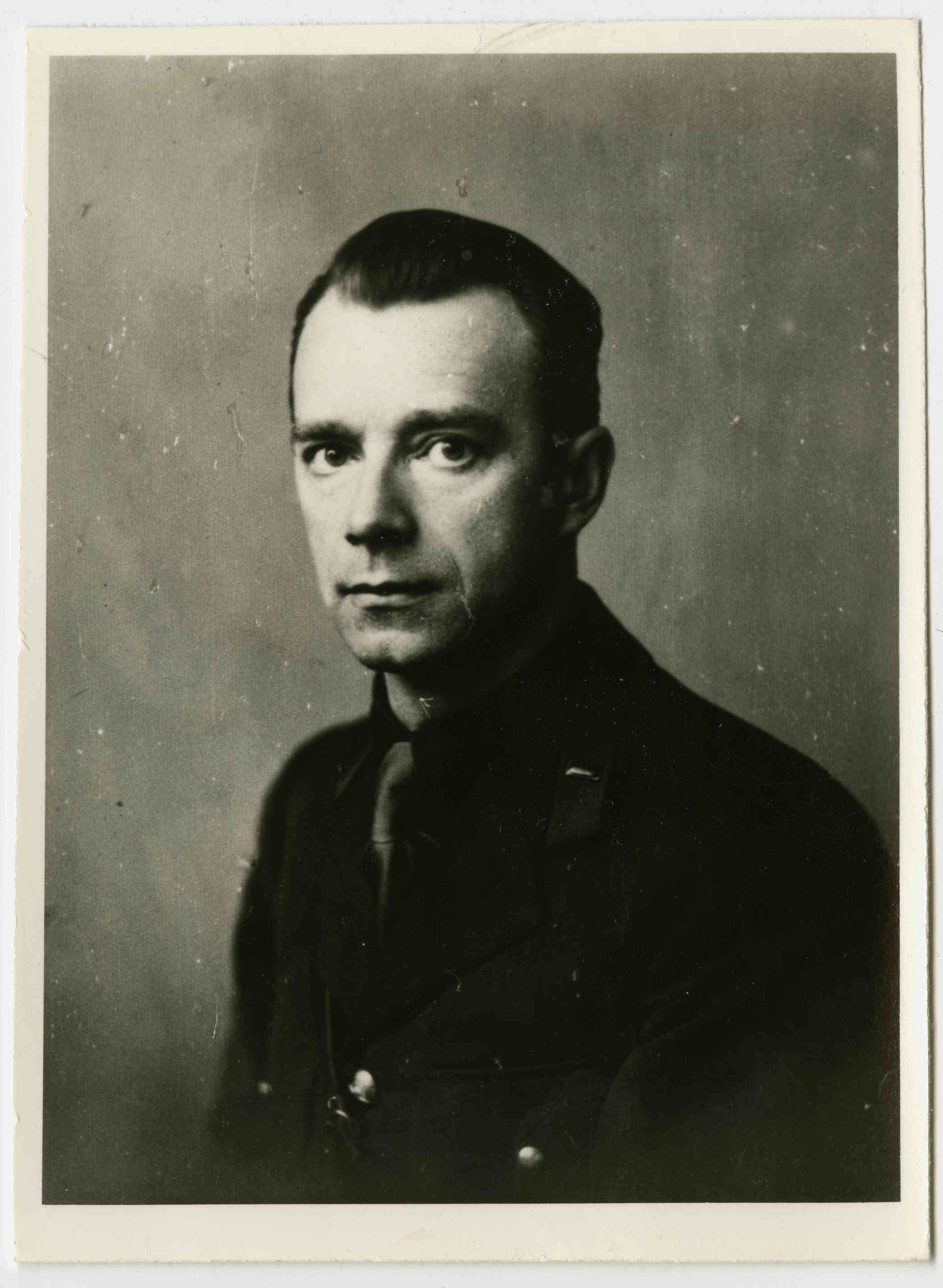
Enn Kippel
Stories
About Enn Kippel
Enn Kippel (until 1935, Eduard Ferdinand Kippel, 16./3. II 1901 – 15. II 1942) was a prose writer who is mostly known for his historical novels and stories.
He was born in Tallinn and studied there. After his father passed, he relocated to St Petersburg, where he studied to be a confectioner and worked various jobs. In 1919, he returned to Estonia. He joined the army and remained an extended service man. From 1930-1935, he studied at Tartu night gymnasium, after this for some time at the department of theology of the University of Tartu. He was a member of the Estonian Writers’ Union from 1936. He was a member of the left-wing student society Ühendus, the members of which also included A. H. Tammsaare, folklorist Oskar Loorits and politician August Rei. In 1940, he became a proponent of the Soviet Union. He worked as a political commissar and as an editor for the magazine Nõukogude Kaitsel (‘Defending the Soviets’). In 1941, he joined the Communist Party of the Soviet Union and during the war, worked as a front correspondent. He evacuated to Leningrad, escaping the German occupation, was a member of the editorial board of the newspaper Rahva Hääl. He died of starvation during the Siege of Leningrad and is buried at a mass grave at Piskaryovskoye Memorial Cemetery in St Petersburg.
His first literary works were published at the student magazine Rada during his gymnasium studies. His first novel Ahnitsejad (‘The Greedy’, I-II, 1935) depicts slum life in a satirical way and also touches upon the Vaps movement (the nationalist populists in Estonia in the 1930s). The novel Kuldvasikas (‘Golden Calf’, 1939) deals with slum life and the destructive nature of money.
Historical novels take center stage in Kippel’s works. He has written of wars, uprisings and other revolutionary events in Baltic sea countries. For example, the novel Issanda koerad (‘The Dogs of the Lord’, I-II, 1938) depicts the forced christianization of Livonians in early 13th century, the novel Suure nutu ajal (‘During the Big Sadness’, I-II, 1936) focuses on the battles and besiegements of the Livonian war from 1575 to 1579, the novel Kui Raudpea tuli (‘When Ironhead Came’, I-II, 1937) describes the adversity between the Swedish king Charles XII (Ironhead) and the Russian czar Peter I during the first years of the Great Northern War (1700-1721) and the novel Jüriöö (‘Saint George’s Night’, 1939) describes the uprising of Estonians against their German and Danish usurpers in the 14th century. As Kippel was interested in war history and collected weapons, his historical novels share that focus and offer detailed overviews of the intricacies of war. The psychology of characters is secondary. Critics began referring to his naturalistic descriptions of war horrors as “kippelisms”. Most of his novels depict Russians in a negative way, which is why they were not republished during Soviet times. However, in the young adult story Meelis (was published at the newspaper Lasteleht in 1940, as a book in 1941), he depicts the friendship of the Sakala county elder Lembitu and the Russian Prince Vyachko and their joint fight against German crusaders. As such, Meelis was used during the Soviet occupation as a propagandistic example of the historical friendship between Estonians and Russians. Several reissues of it have been published and it was on a mandatory literature list in Soviet Estonian schools.
A. K. (Translated by A. S.)
Books in Estonian
Novels
Ahnitsejad. Tartu: Noor-Eesti, 1935, 196+159 lk. [2. trükk: 2011.]
Suure nutu ajal. Romaan Vene-Liivi sõjast. Tartu: Noor-Eesti, 1936, 320+305 lk. [2. trükk: 1992.]
Kui Raudpea tuli. Romaan Põhjasõjast. Tartu: Noor-Eesti, 1937, 348+328 lk. [Järgnevad trükid: 1939, 1996, 2008.]
Issanda koerad. Romaan liivlaste kristianiseerimisest. Tartu: Eesti Kirjastuse Kooperatiiv, 1938, 338+352 lk. [2. trükk: 1987.]
Jüriöö. Romaan eestlaste vabadusvõitlusest XIV sajandil. Tartu: Eesti Kirjastuse Kooperatiiv, 1939, 413 lk. [Järgnevad trükid: 1996, 2017.]
Kuldvasikas. Tartu: Noor-Eesti, 1939, 250 lk. [2. trükk: 1957.]
Stories
Meelis. Ajalooline noorsoojutt. Tallinn: Pedagoogiline Kirjandus, 1941, 149 lk. [Järgnevad trükid: 1945, 1955, 1961, 1976, 1984, 1999, 2005, 2008.]



